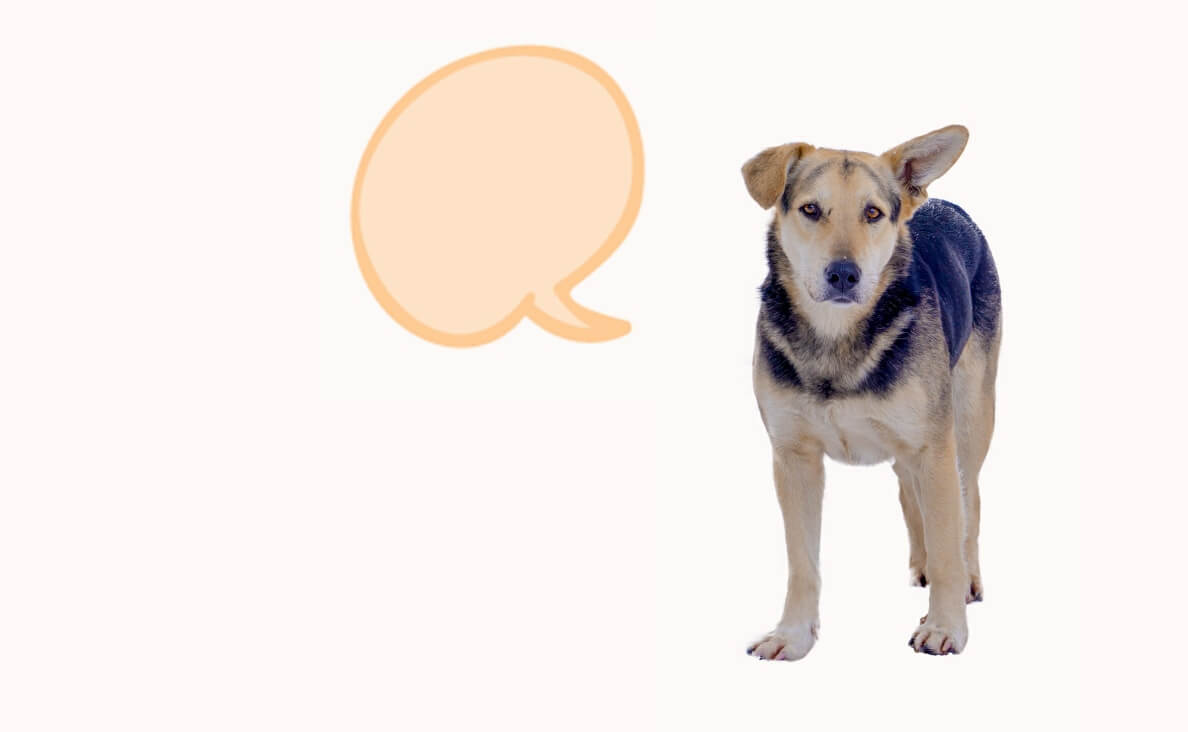
Imagine your dog telling you exactly what they want using words! For many dog owners, this dream is now a reality thanks to a training tool called dog talking buttons. With patience and the right approach, you can teach your dog to press buttons that speak specific words like “food,” “outside,” or “play.” This communication method has become increasingly popular, especially with the viral success of dogs like Bunny, who captured the hearts of millions with her ability to “talk” to her owners.
In this blog post, we’ll explore how dog talking buttons work, how to set up a system, and provide a step-by-step guide to training your dog to communicate using these buttons. Let’s dive into this exciting journey of learning to understand what your dog has to say!
What Are Dog Talking Buttons?
Dog talking buttons are tools that allow your dog to communicate with you by pressing buttons programmed with recorded words. These buttons are designed for dogs to step on, and when pressed, they say a specific word or phrase out loud. With consistent training, dogs learn to associate pressing certain buttons with getting what they want, such as going outside, eating food, or playing with their favorite toy.
By using dog talking buttons, you can create a system where your dog can “speak” by pressing buttons that represent their needs, emotions, or preferences. The buttons can be used for simple commands like “outside” or more complex ideas like “love” or “happy.” This method not only strengthens the bond between you and your dog but also gives your dog a new way to express themselves, reducing frustration and improving overall communication.
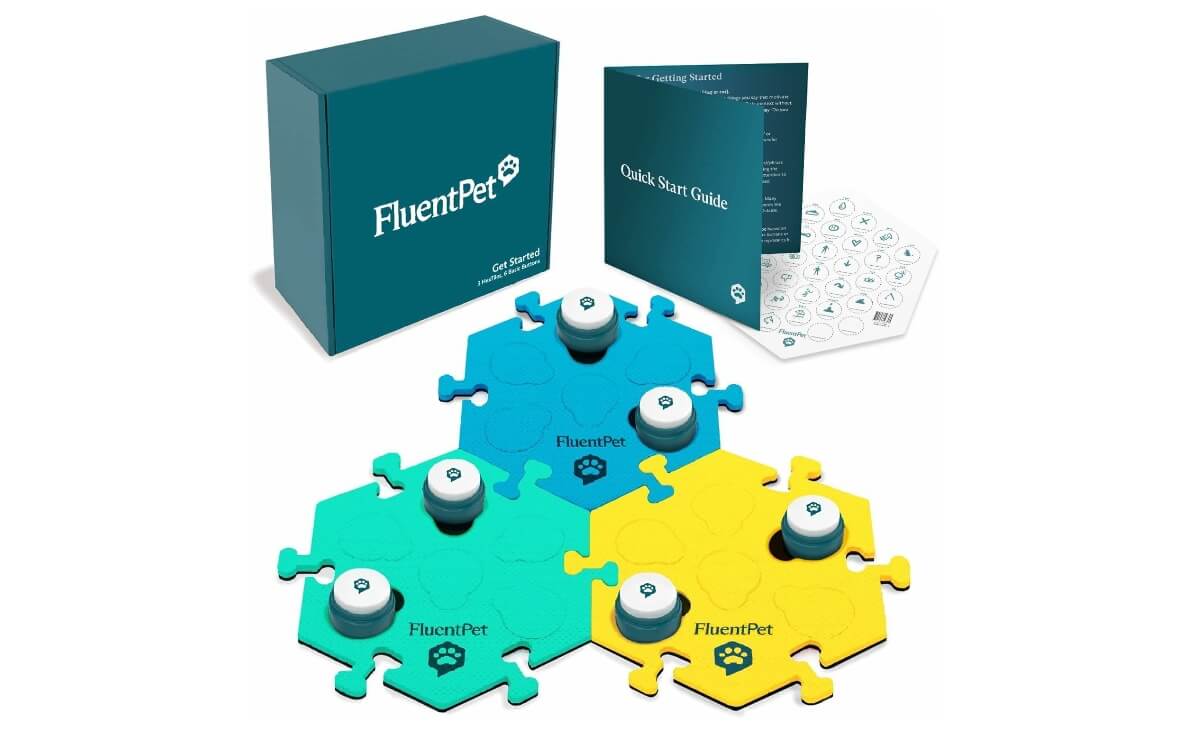
Choosing the Right Buttons
Before you start training, it’s important to choose the right dog talking buttons for your dog. The buttons should be easy for your dog to press, with clear audio that is easy for you to understand.
- Durability and Size: Make sure the buttons are sturdy and designed to withstand frequent use. Look for buttons that are large enough for your dog to press with their paw but not too big that they’re difficult to handle. Smaller dogs might require smaller buttons, while larger dogs might benefit from more robust buttons.
- Clear Audio: The recordings should be crisp and clear. Avoid buttons with muffled or distorted sounds, as this could confuse your dog. You want your dog to clearly hear the word associated with each button.
- Color Coding or Grouping: Grouping buttons by color or location can help your dog learn to associate them with specific needs. For example, you might group all food-related buttons together and place them near the kitchen or place activity-related buttons near the door.
- Where to Buy: There are various brands that sell dog talking buttons, both online and in stores. Some well-known brands include FluentPet and JollyJinks, which offer customizable buttons that allow you to record your own voice.
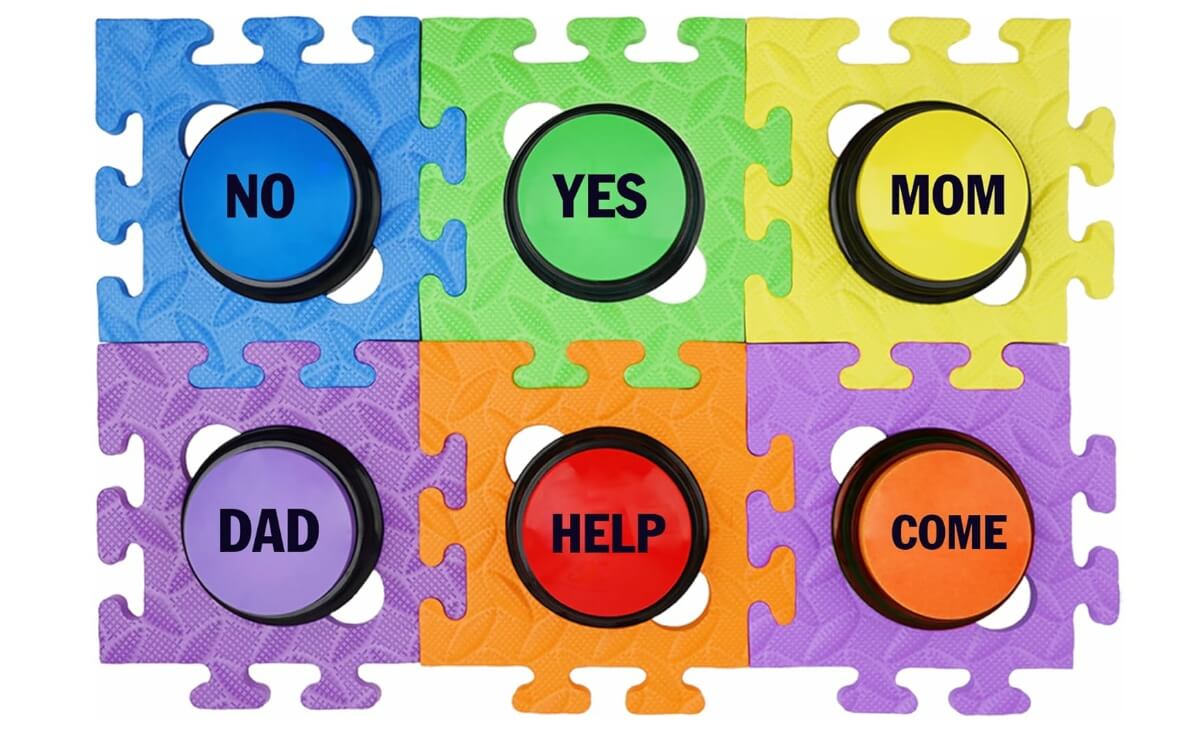
Setting Up a Talking Button System for Your Dog
Now that you have your dog talking buttons, it’s time to set up the system. The key to success is starting small and being consistent.
- Start Simple: Begin with just a few buttons, typically 2-3, that represent essential words your dog can easily understand, such as “food,” “outside,” or “play.” This ensures that your dog won’t get overwhelmed with too many choices at once.
- Button Placement: Place the buttons in locations where your dog naturally interacts with the associated action. For example, place the “outside” button near the door, the “food” button near the kitchen, and the “play” button next to your dog’s toy basket.
- Consistent Button Words: Make sure each button has a distinct word that you consistently use in your daily interactions. For instance, if you use “outside” to mean taking your dog out to the yard, stick to that specific word across all training scenarios.
- Recording Your Voice: Record the words on the buttons in a calm and clear voice. Your dog will learn better if the recording sounds like you, and using a consistent tone helps reinforce the connection between the button and the action.
How to Train Your Dog to Use Dog Talking Buttons
Training your dog to use dog talking buttons requires patience and repetition. Here’s a step-by-step guide to get started.
Step 1: Choose a Word: Start with a basic word like “outside” or “food.” Pick something your dog is already familiar with and can easily understand.
Step 2: Demonstrate the Button: Each time you perform the associated action, press the button first. For example, before taking your dog outside, press the “outside” button, say the word “outside,” and then open the door.
Step 3: Reinforce Consistently: Every time you take your dog outside, press the button first. This repetition helps your dog associate the button press with the action of going outside.
Step 4: Positive Reinforcement: When your dog starts pressing the button on their own, reward them with praise, a treat, or by performing the action they requested (such as going outside or getting food). Positive reinforcement strengthens the connection between the button and the outcome.
Step 5: Gradually Add More Buttons: Once your dog masters the first button, you can introduce a second button, such as “food” or “play.” Gradually build their vocabulary, always ensuring that they understand each new word before moving on to the next.
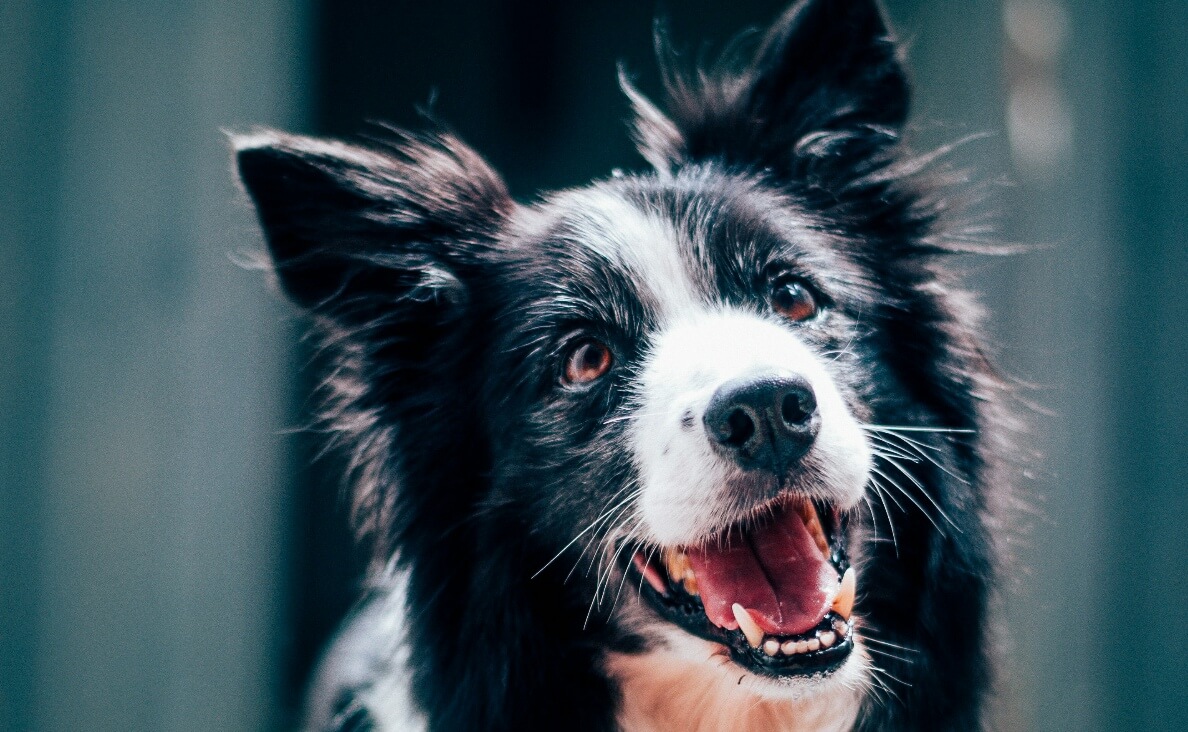
Troubleshooting Common Issues
Training your dog to use dog talking buttons is a learning process, and some challenges may arise along the way. Here are some common issues and how to address them.
Issue 1: My Dog Won’t Press the Button: If your dog is hesitant to press the button, try placing treats near or on the button to encourage them to engage with it. You can also guide their paw to press the button to show them how it works.
Issue 2: My Dog Presses the Wrong Button: If your dog presses the wrong button, gently redirect them to the correct one. It may help to reduce the number of buttons at first or to give clearer verbal cues when showing them the correct button.
Issue 3: My Dog Gets Confused by Too Many Buttons: Start with fewer buttons and only add more once your dog is confident using the initial buttons. If your dog becomes overwhelmed, simplify the setup by spacing out the buttons or organizing them in more distinct groups.
Tips for Successful Communication with Dog Talking Buttons
To ensure a smooth learning experience, here are some additional tips to help your dog successfully communicate using dog talking buttons.
Patience and Consistency: Teaching your dog to use buttons takes time. Be patient and consistent in your training efforts, and don’t get discouraged if progress seems slow at first.
Encourage Curiosity: Let your dog explore the buttons on their own and reward them for any interaction they have with the buttons, even if it’s just sniffing or pawing at them.
Celebrate Progress: Each small step is a victory. Celebrate when your dog presses a button, even if it’s accidental, and use positive reinforcement to encourage further engagement.
Monitor Stress Levels: Make sure your dog is enjoying the process. If they seem stressed or frustrated, take a break and try again later. Training should be a fun bonding experience for both you and your dog.
Beyond Basic Commands: Expanding Your Dog’s VocabularyOnce your dog masters basic commands like “outside” and “food,” you can start teaching more advanced words.
- Adding Emotional Buttons: You can introduce buttons for emotions, such as “happy,” “love,” or “mad.” Teaching your dog to express emotions can deepen the bond between you and help them communicate their feelings.
- Advanced Concepts: Some dogs can learn more abstract concepts, such as names of family members or favorite toys. This allows for even more meaningful communication between you and your dog.
- Real-Life Examples: Many dogs, like Bunny and Stella, have been able to learn complex phrases, allowing for impressive two-way communication. These stories inspire other dog owners to try teaching their own dogs new words and phrases.

Final Thoughts
Training your dog to communicate using dog talking buttons can be a rewarding and fascinating experience. With patience, consistency, and positive reinforcement, your dog will be able to express their needs, desires, and emotions in a way that both of you understand. As you expand your dog’s vocabulary and celebrate each milestone, you’ll strengthen your bond and open up a whole new world of communication.
Have you tried using dog talking buttons with your dog? What words do you think your dog would learn first? Let us know in the comments!
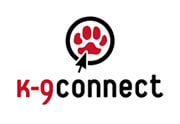
 Teach Your Dog to Put Their Toys Away: A Fun and Practical Guide
Teach Your Dog to Put Their Toys Away: A Fun and Practical Guide How to Teach Your Dog to “Leave It”
How to Teach Your Dog to “Leave It” How to Train Your Puppy to Stop Biting
How to Train Your Puppy to Stop Biting 15 Ways to Enhance Your Dog’s Learning Ability
15 Ways to Enhance Your Dog’s Learning Ability Teach Your Dog to Take Treats Gently
Teach Your Dog to Take Treats Gently






Leave a Reply